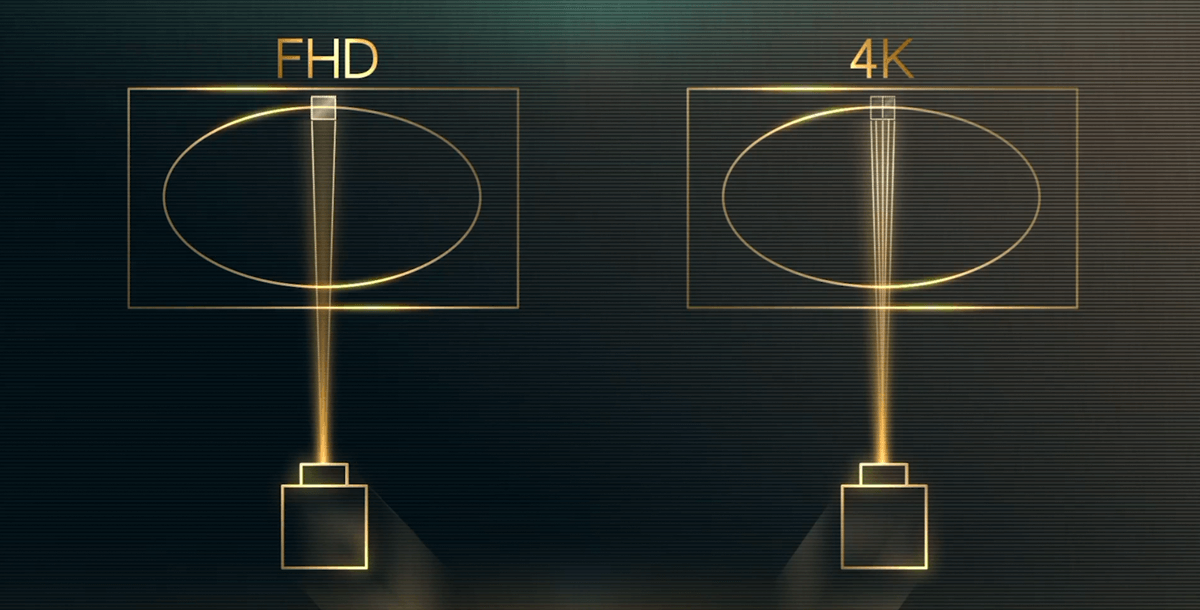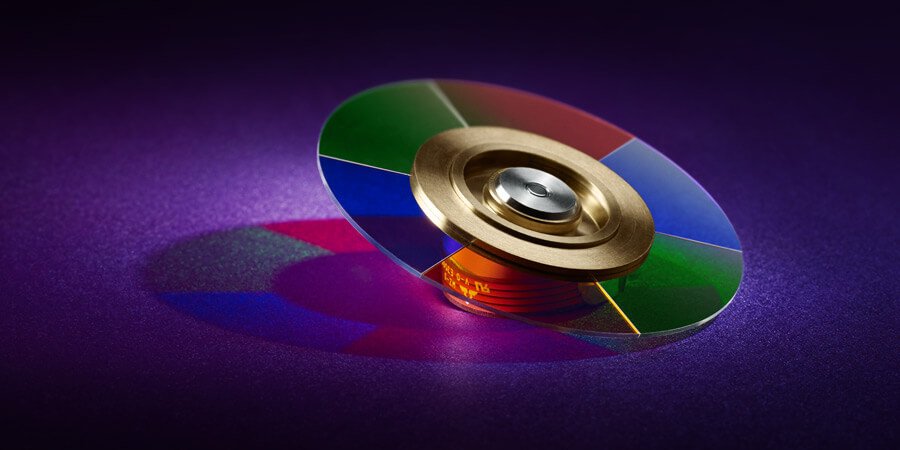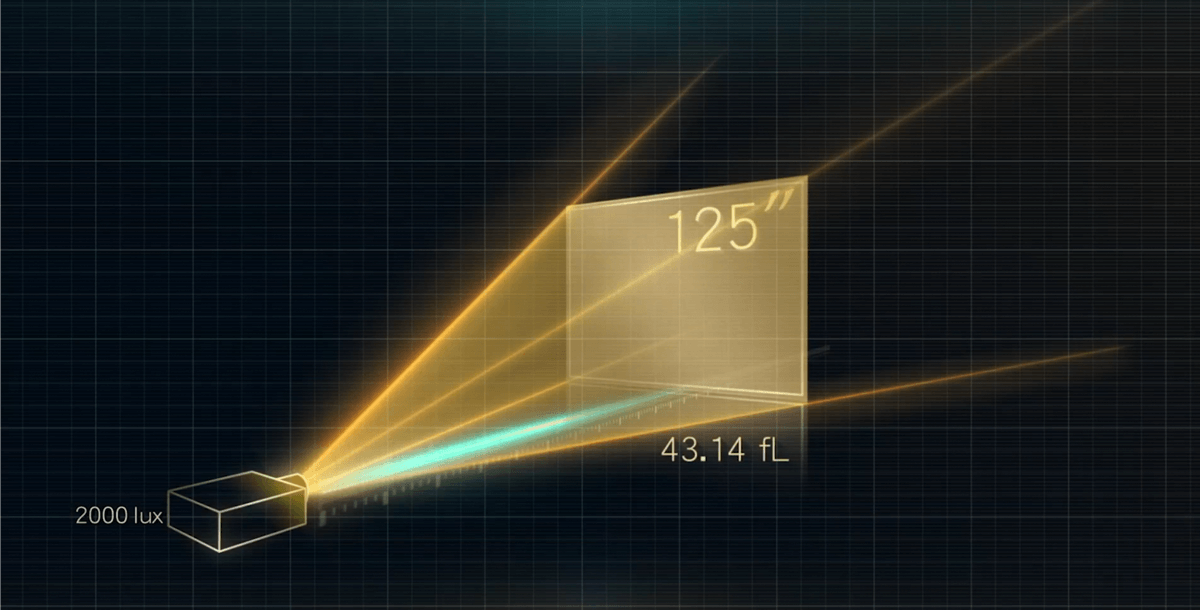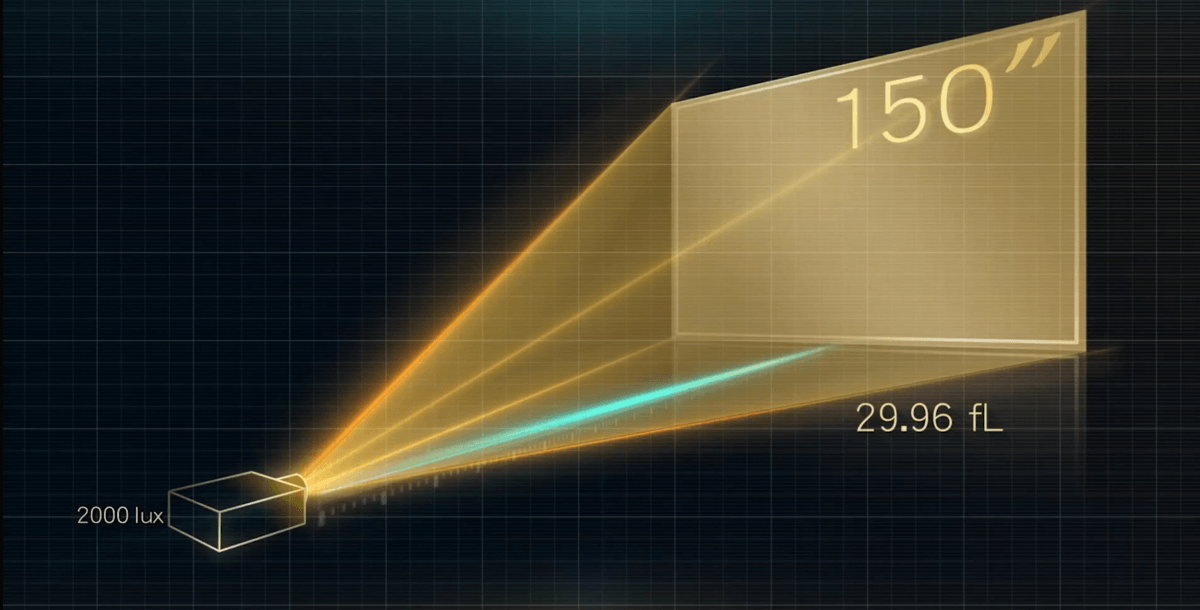

What if you could corral light? Bend it and shape it and focus it to illuminate your experience? That’s what photographers do. Cinematographers and motion picture directors, too. They capture the light in the real world to create lands of fantasy and intrigue. Or to transport the viewer into the world they are experiencing. To share. To inspire. To inform.
BenQ understands this passion. We understand the relationship between light and the human spirit. That’s why we build it into every home cinema projector we make. Passion. Only through a precise control of light can the creatives capture the world, and that same precision – that passion – is required to bring it into our homes.
Sharing these experiences creates a sense of community. It’s not just about the content creators, it’s about the projector manufacturer and the consumer. Because it matters, BenQ has a mission. Our ultimate goal is to enable that community to experience the most authentic home cinema experience possible.


“Each home cinema projector combines mechanical, electronic and optical components. Any one of these, on their own, is not so difficult. But, putting them all together to achieve harmony and precision, that’s the real challenge.”
– Eric Tsai, BenQ Chief CinematicColor Expert,
THX/ISF Video Calibration Certified Engineer

Today’s DLP technology can produce 8.3 million individually-addressable pixels in stunning, realistic 4K Ultra High Definition images. The real-time data flow required to create 4K HD is, like its name suggests, four times that of HD. More powerful processors are needed to parse the elevated amount of information to create this imagery.
To produce four times the resolution as HD, 4K UHD uses light rays that are ¼ the size. This creates higher resolution but also creates more demand for projector precision. DLP, a Texas Instruments technology, is widely available and at the heart of close to 100% of the cinema projectors in theatres around the world, and a crucial component in the world’s best cinematic home projectors.

Since DLP chips are a universal projector component, the distinguishing part of these devices is the digital optical engine. Each model of BenQ projectors features a custom designed optical engine backed by over 20 years of research and development. BenQ also produces proprietary lenses, refusing to settle for third-party glass. New lens sets are created for each new projector design. BenQ makes 14 different lenses, including 4K-specific aspheric lenses with low color dispersion coating for the most accurate color. DLP technology uses a spinning color wheel to generate color, and the quality and accuracy of the color wheel is absolutely critical. Controlling variances of mass-produced color wheels is a real challenge and one that BenQ engineers obsess over down to the micron. The strictest quality control standards guide the process and only the most accurate and precise components make their way into the marketplace. Bad color wheels only make good coasters.

A byproduct of processing the vast amounts of data required to produce 4K UHD is heat. If the projector gets too hot, the processor could malfunction, and components could warp. BenQ projectors are made from heat resistant materials and are designed for optimum heat dissipation and airflow to vent and cool.

Lumens is a measurement of the amount of light emitted from a source, like a light bulb. More lumens mean brighter light and fewer lumens means dimmer light. This brightness specification is an important reference when selecting a projector. However, the practical meaning of projector brightness and how to choose a projector for your specific installation needs can be confusing.
It’s all about ambient light, as detailed in this BenQ Knowledge Center article. To shine light on a complicated subject, consider the headlights on your car. When you’re driving at night with your headlights on, you can see the luminous intensity of the beams (and even the beams themselves if you mix in a little fog). On the other hand, when it is midday with strong sunlight, it’s very hard to perceive the brightness even when high beams with the highest lumen output are used. You can tell a car has daytime running lights on, but they don’t have the same effect as they do when slicing through the darkness.
The same relationship exists between projector brightness and lumens of ambient lighting. If you need ambient lighting when using the projector, then a model with higher lumens will produce better results. If you’d like to watch movies using a projector on a 100 to 120-inch screen in a dark room, around 2,000 lumens of projection brightness is ideal. In fact, the ideal brightness range for cinema is 12-22 foot-Lamberts, according to the Society of Motion Picture & Television Engineers, even at a 150 inch projection size, the lumens rating of our projectors is more than enough to achieve ideal brightness. If you need to turn on ambient lighting like floor lamps or wall sconces, or if there are bright light sources in the room, a projector with 3,000 lumens or more will display clear images.



For home theater systems, BenQ recommends choosing the projector with appropriate brightness to show the clearest images with the best color performance and contrast effect. Only with appropriate lumens for the throw distance and ambient lighting can the projector produce spectacularly clear images with true colors.
Before selecting the projector, first determine the distance between the projector and screen, the expected picture size, and whether you’ll need lights turned on when watching movies. These criteria are very helpful when choosing projectors, so you can ensure the most enjoyable viewing experience for your family with the ideal home theater system.
By keeping all of this in mind, you’ll be able to enjoy true-to-life color and illuminate your experience with light. Just like the creators corralled it.